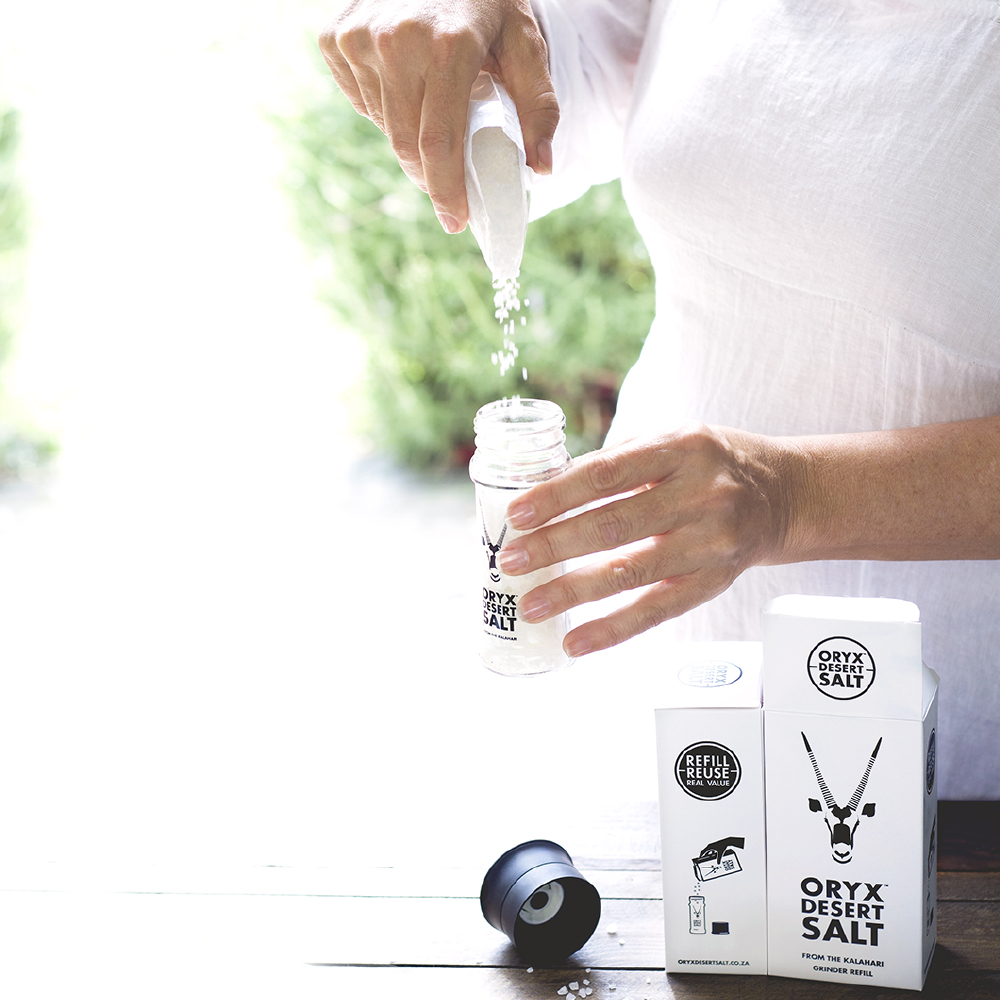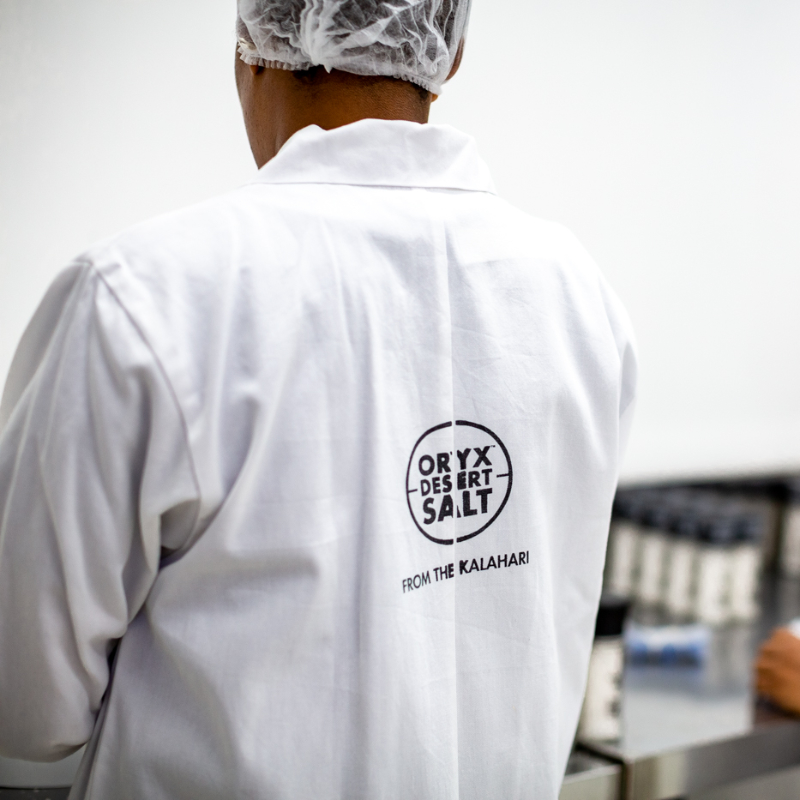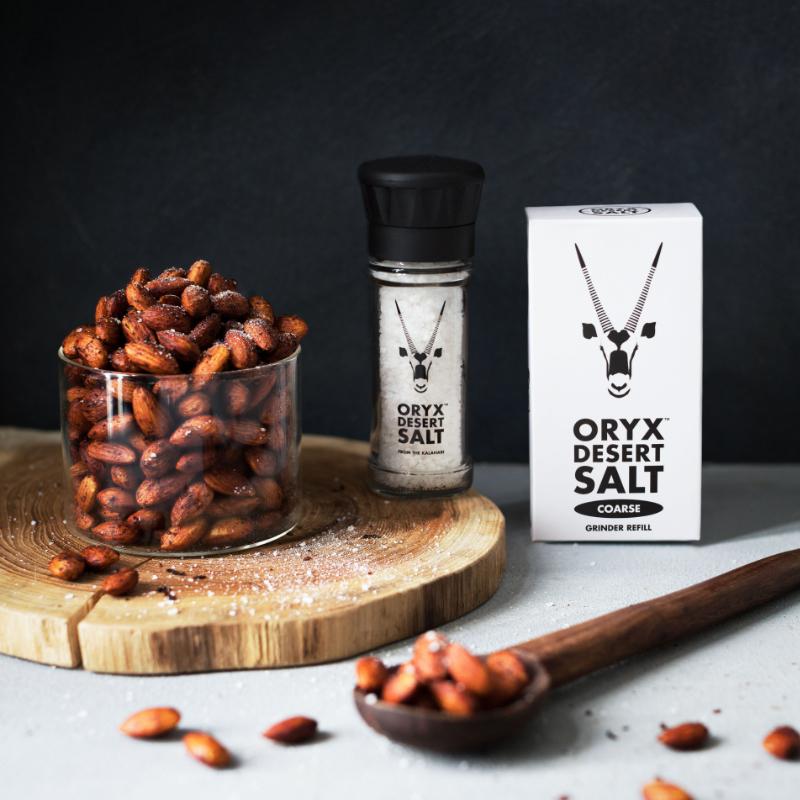
It’s February – the month of Love. And oh, how we loooooove salt! When it comes to food, one of our most enduring never-ending love-story has got to be with salt. Salt is our go-to significant other - in the kitchen and at the dining table.
Salt is one of the tastes humans crave most – and not surprisingly as we need sodium to live. But apart from salt fulfilling one of our most essential needs, what is it about salt that makes it so irresistible?
The answer lies in the fact that when you crave salt, it’s unlikely you’ll head straight for the salt cellar and slug down a few shakes of salt. No. Instead we’ll fantasise about salted cashews, potato crisps or marmite toast. What we adore is the wondrous way salt transforms our food with its delicious salty tang.
But salt does way more than just add a salty taste. In fact, salt partners with food in ways that just may surprise you.
Salt enlivens food by concentrating flavour but a part of the enhancing effect lies in its ability to reduce bitterness. Think olives. Radicchio or broccoli. Even coffee. (Yes, it’s a thing! Adding a pinch of salt to your morning brew can charge up the taste amazingly) In this case, salt isn’t used to add a salty taste so much as to hide bitterness.
In small quantities, salt is known to intensify sweetness. It’s why feta works so well with watermelon for instance. Or why one might sprinkle a tiny pinch on grapefruit – yes, to reduce the bitterness but also to enhance the sweetness. And salt marries well with sweetness – which explains the popularity of salted caramel!
Not many people realise the profound effect salt has on changing the texture of food. For instance, when baking bread with yeast, the quantity of salt used significantly affects the rate of yeast fermentation and development of gluten, both of which will influence the bread’s final crumb and texture.
And it’s why salting steaks at exactly the right time, will enable the meat to release more liquid resulting in a juicier texture and more flavourful steak.


Salt is of course used for preserving food (curing, pickling and fermenting), something humans have done for millennia. Microbes need water in order to survive, so by drawing the moisture out of food during the preserving process, salt prevents spoilage while at the same time improving taste. Think how olives are preserved in brine, the salt reducing their natural bitterness.
You may not know that salt is partially responsible for the preservation of colour during cold meat processing such as ham. Salt also boosts caramelisation in bread crust which helps to create that appetising golden colour on freshly baked bread.
Finally, did you know that adding salt helps to magnify the natural aromas of food? When the salted surface is moist (steak, steamed vegetables etc) a chemical process called ‘salting out’ occurs. The salt draws out more of the volatile molecules that produce aroma which is such an important part of our perception of taste.
What’s not to celebrate? We need chemistry for a relationship to work and doesn’t that just make salt the ultimate food-lover!



